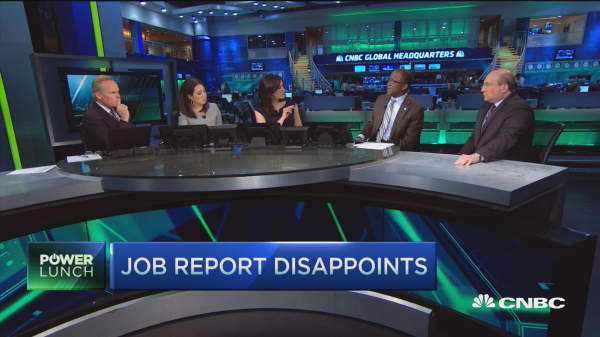The U.S. economy continued to put Americans back to work last month. But the pace of job growth slowed, and the fastest hiring is coming from some of the worst-paying industries.
The nation's nonfarm payrolls expanded by an estimated 160,000 jobs last month, the smallest gain since September and less than the average monthly pace of 200,000 jobs a month in the first quarter of 2016.
The number missed estimates. Economists polled by Reuters had forecast payrolls rising by 202,000 in April. The latest report showed the jobless rate unchanged at 5 percent.







